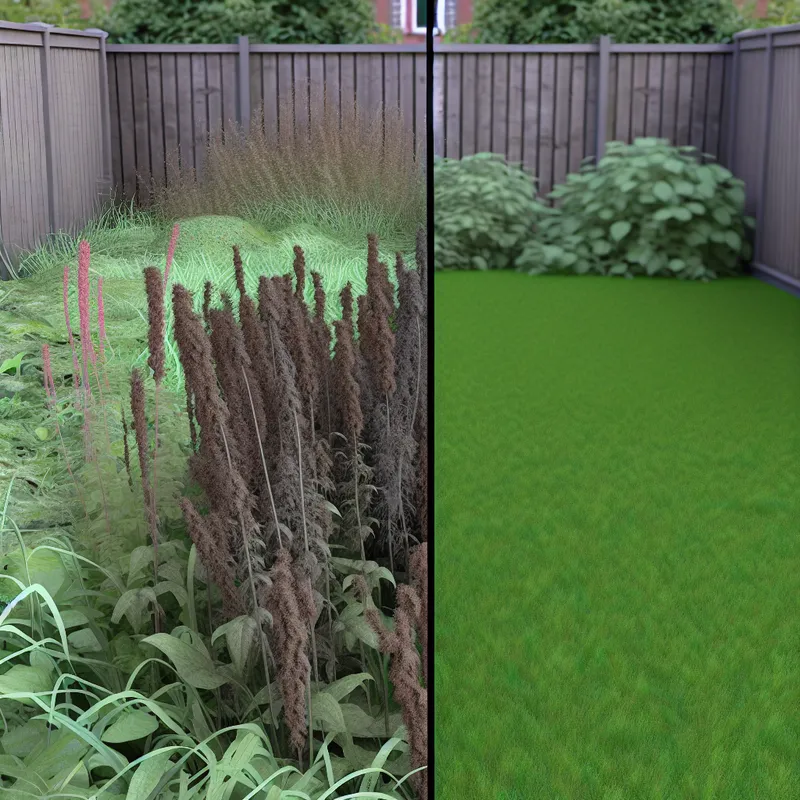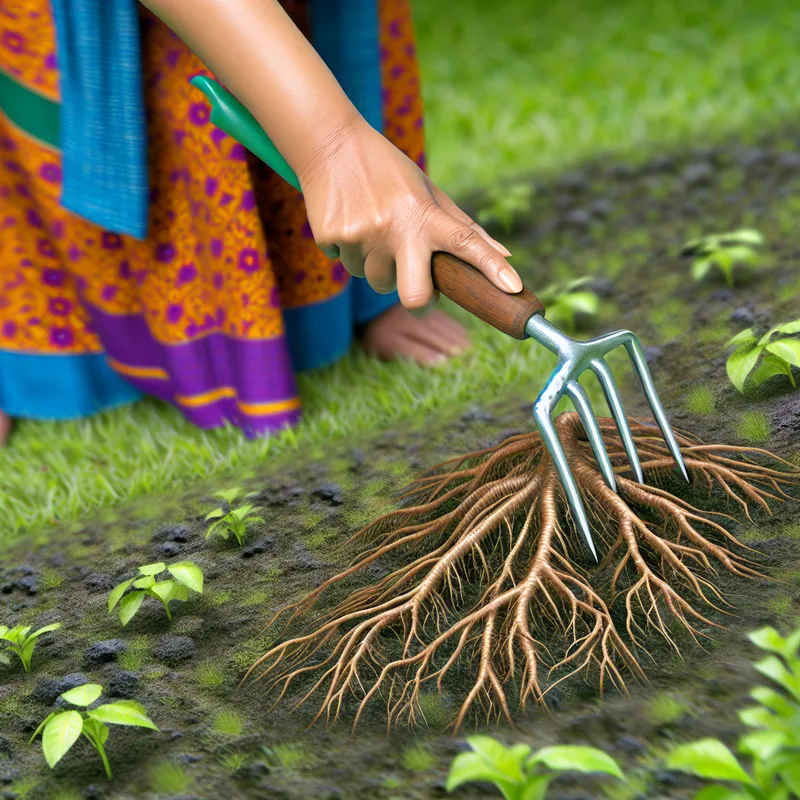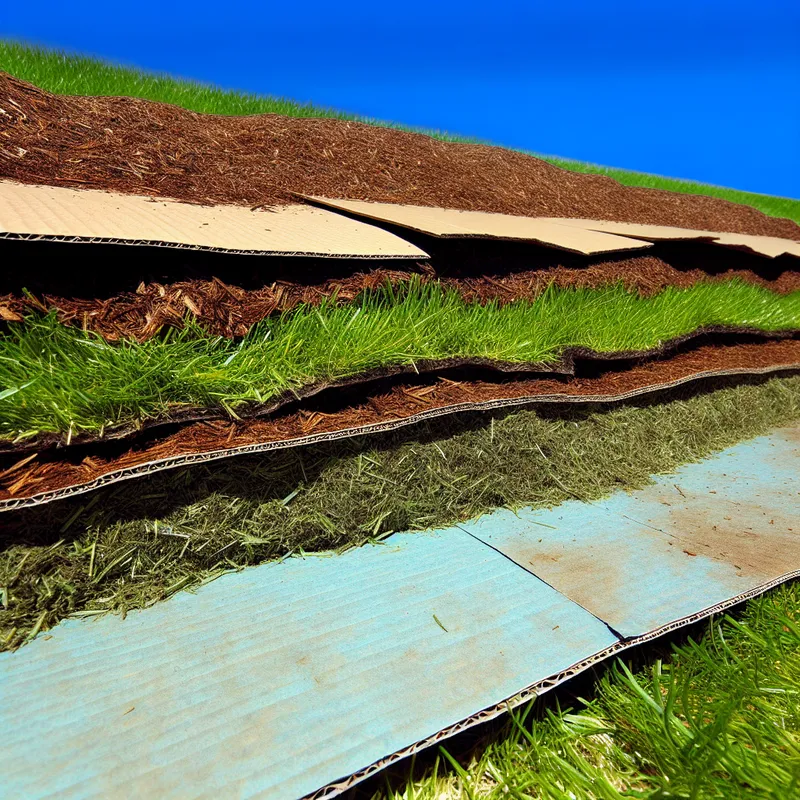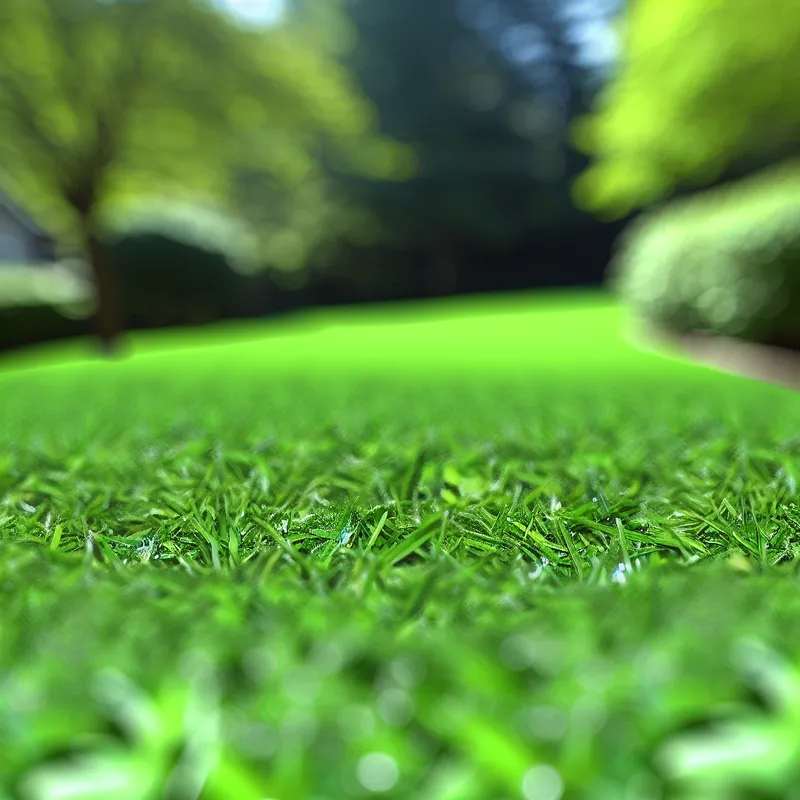Here is the enhanced text with image placements indicated:
Ugh, overgrown lawn weeds. If you’ve found yourself staring at your yard like, “How did it get this bad?” trust me, you’re not alone. I’ve been there—standing in my backyard, coffee cup in hand, wondering if I should just give in and call my mess a wildlife sanctuary. But don’t worry—there’s hope for us yet. Let me walk you through how to fix overgrown lawn weeds, one manageable step at a time. (Spoiler: It might not be glamorous, but it’s totally doable.)

Start with a Game Plan Okay, be honest—how bad is it? Are we talking a few dandelions here and there, or is your lawn looking like a jungle straight out of Jumanji? Don’t stress too much about it, but it’s good to assess whether you’re dealing with a little maintenance or a massive overhaul. When I first tackled my own weed-infested lawn, I underestimated how tricky it could get if I didn’t have a solid plan. Learn from my mistakes: rushing into it without any real idea of what you’re doing is a rookie move.
Your first step? Know what kind of weeds you’re up against. Broadleaf weeds like clover or dandelions are easier to deal with than super-invasive types like crabgrass. Take a walk around your yard, pull up a few weeds to inspect them, and maybe look up what they are. Knowing your enemy is half the battle, right?
Get Rid of the Big Stuff First (Manual Removal)
I know, I know—nobody loves pulling weeds by hand. It’s tedious, and let’s be real, it’s not the kind of work that makes you feel cute or cool. But when the lawn’s out of control, you’ve gotta start somewhere. If the weeds are super tall, grab a pair of gloves, a trowel, and just start yanking. Focus on the clumps and big offenders that are hogging space and sunlight.

Here’s the trick: don’t just tug at the tops. That’s only going to make things worse because those sneaky little roots will stay underground and grow right back. (Been there, done that.) Instead, loosen the soil around the plant with your trowel or even a weeding fork—pro tip, those things are lifesavers—and pull the whole root system out. It’s oddly satisfying once you get into a rhythm, like popping bubble wrap.
Not feeling like an outdoor workout session? Rent or borrow a string trimmer. You can hack down the overgrowth to make it easier to see what you’re working with. Just keep in mind, this isn’t a permanent fix—it’s Step One in the process.
Smother the Trouble Spots
Once you’ve gotten rid of the worst offenders, it’s time to starve those remaining weeds of what they crave: sunlight. One trick I learned (after some trial and error) was to literally cover the problem areas. Lay down cardboard or layers of newspaper, then top it with mulch, compost, or even grass clippings to hold it down. No light = no growth.

I wasn’t sure if this would work at first—it felt too simple, you know? But after a couple of weeks, I pulled up the sheeting, and holy cow, it worked like magic. Plus, the mulch made my lawn look a little less tragic during the process.
Image Prompts Section
Main Image Prompt: “A lush green lawn with no weeds, emphasizing a successful lawn renovation effort focusing on weed removal and lawn health restoration.”
Main Image File Name: “how-to-fix-overgrown-lawn-weeds-success”
Main Image SEO Alt: “A healthy lawn demonstrating successful methods to fix overgrown lawn weeds.”
Main Image SEO Title: “Achieving a Clean Lawn Free of Weeds”
